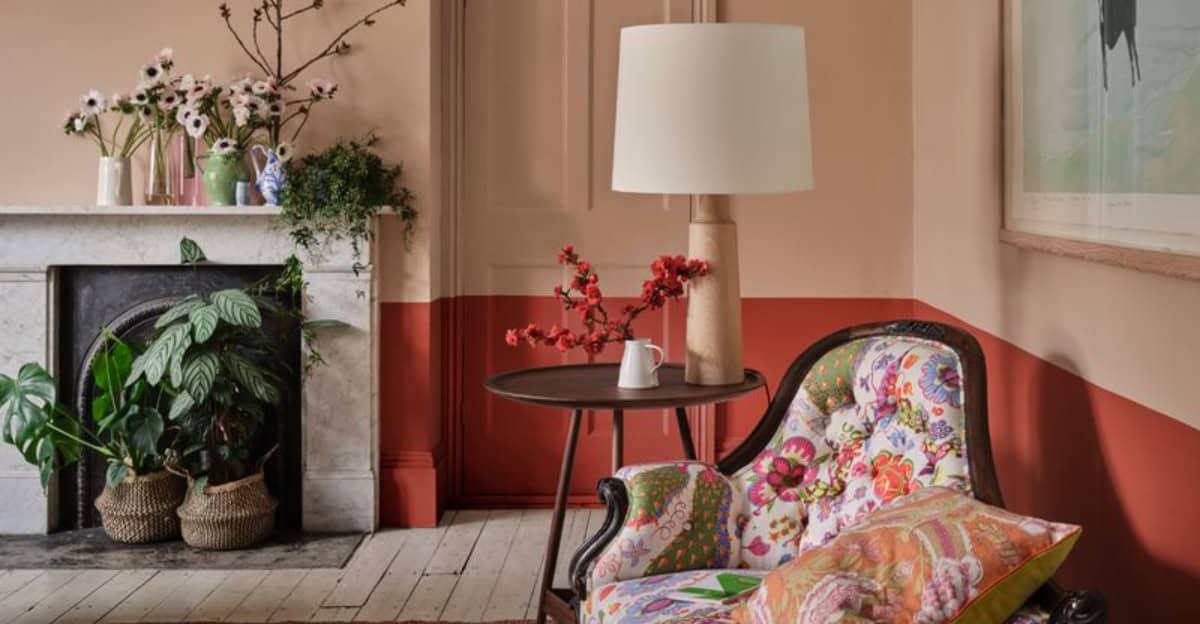Home design is an exciting field that allows for personal expression and innovation. Yet, even in this creative arena, some choices are more questionable than others.
Designers have seen it all, and they have strong opinions about certain practices that, while not illegal, might make you raise an eyebrow or two.
Here, we explore 10 home design decisions that some experts believe should be reconsidered.
1. Excessive Pattern Mixing
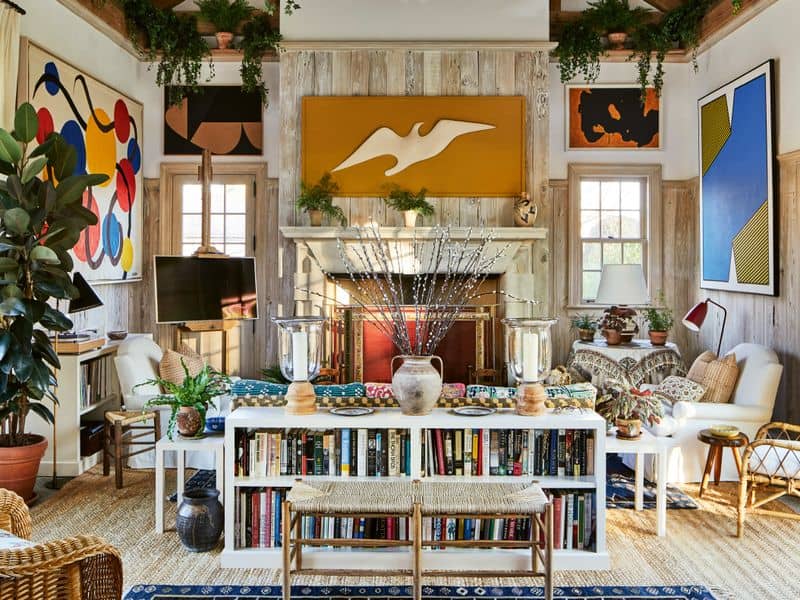
Mixing patterns can add visual interest to a space, but excessive pattern mixing often creates chaos rather than charm. Imagine entering a room where floral, stripes, and polka dots clash on every surface, assaulting the senses.
Designers believe this practice overwhelms rather than welcomes, turning a home into a dizzying display of discord. A well-curated selection of patterns, balanced with solid colors, can create harmony and elegance rather than visual noise.
For those looking to experiment, consider limiting the palette to two or three complementary patterns, ensuring a more cohesive and aesthetically pleasing space.
2. Over-The-Top Landscaping
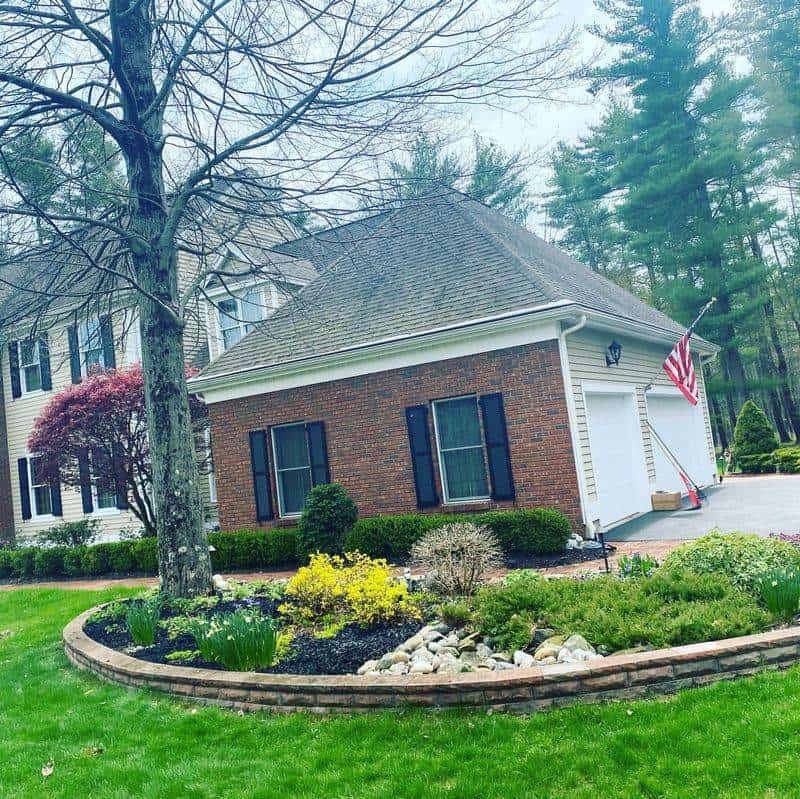
Landscaping is a way to extend your home’s beauty to the outdoors, but too much can become overwhelming. An overly decorated garden with numerous sculptures, fountains, and exotic plants may feel more cluttered than calming.
Designers stress the importance of simplicity and balance, maintaining a connection with nature. Instead of a garden teeming with unrelated elements, consider focusing on a central theme or a few standout features.
This approach not only enhances the aesthetic appeal but also provides a more relaxing and enjoyable outdoor experience, highlighting nature’s intrinsic beauty.
3. Glossy Everything
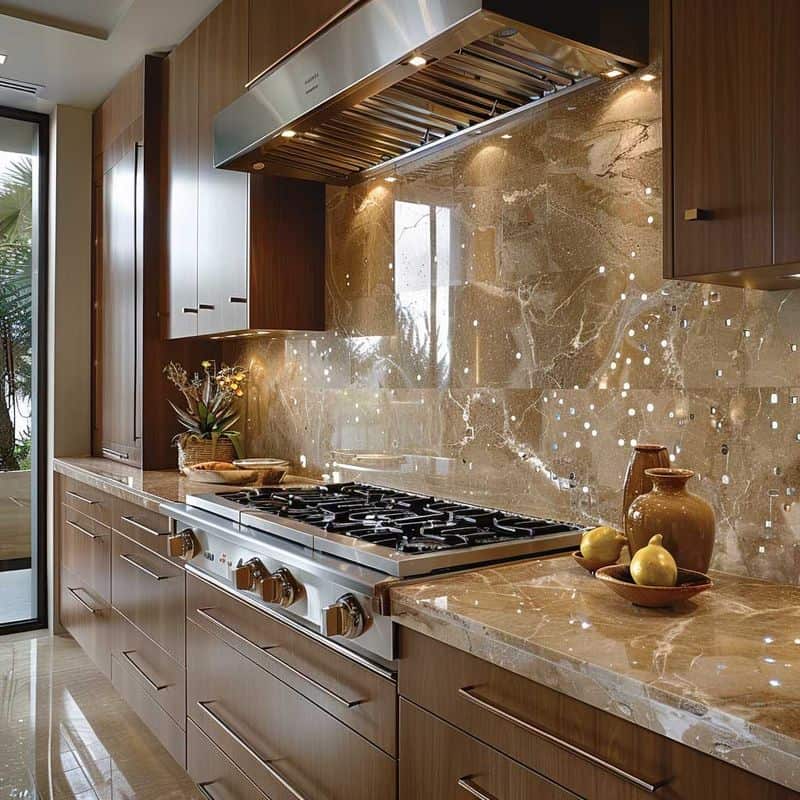
Glossy finishes can add a modern touch, but when overused, they can turn a home into a reflective maze. Imagine a kitchen where every surface gleams, creating an almost mirrored effect that feels more like a showroom than a welcoming home.
While a few glossy elements can create a sleek look, designers suggest mixing finishes to add depth and warmth.
By contrasting shiny surfaces with matte textures, homeowners can achieve a more sophisticated and balanced aesthetic that feels both contemporary and inviting.
4. Trend-Heavy Decor
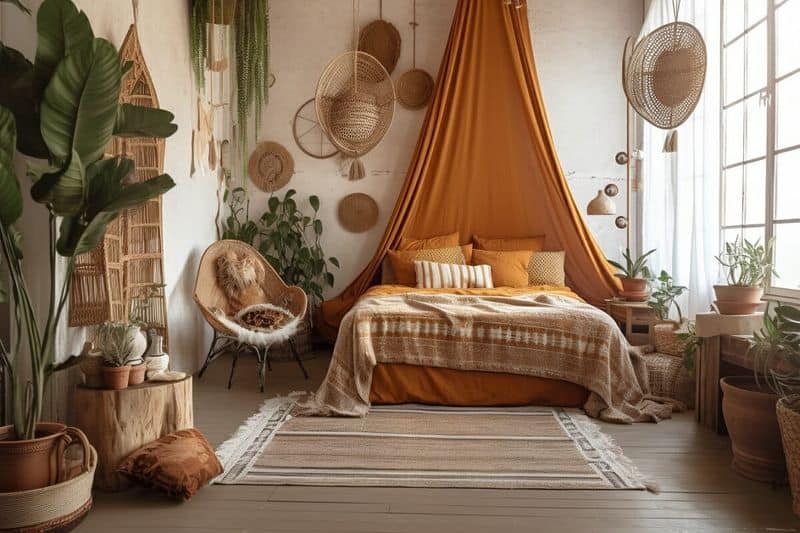
Following decor trends can be exciting, but chasing every fad turns a home into a time capsule of fleeting styles. Picture a bedroom overwhelmed by geometric patterns, metallic accents, and oversized art pieces, each trend clamoring for attention.
Designers caution against sacrificing personal style for trendiness, advocating instead for timeless pieces that reflect individual tastes.
Balancing contemporary elements with classic designs ensures longevity and comfort, creating spaces that feel personal and liveable rather than contrived and busy.
5. Clashing Color Schemes
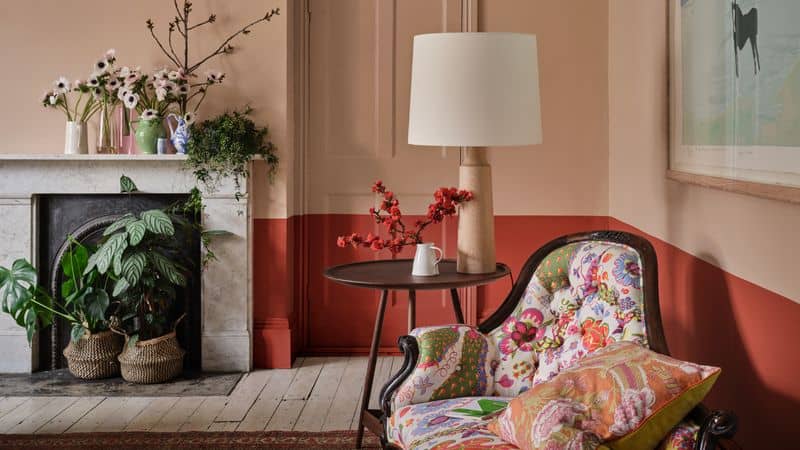
Color adds personality, but clashing schemes can turn a home into a visual battleground. Imagine a living room where bright orange and deep purple walls create an unsettling atmosphere that distracts rather than delights.
Designers recommend choosing a cohesive color palette that harmonizes with your home’s architecture and furnishings. Complementary colors can create ambiance and flow, whereas clashing hues may result in a disjointed experience.
By opting for colors that enhance rather than compete, homeowners can craft environments that are both inviting and visually pleasing.
6. Over-accessorizing
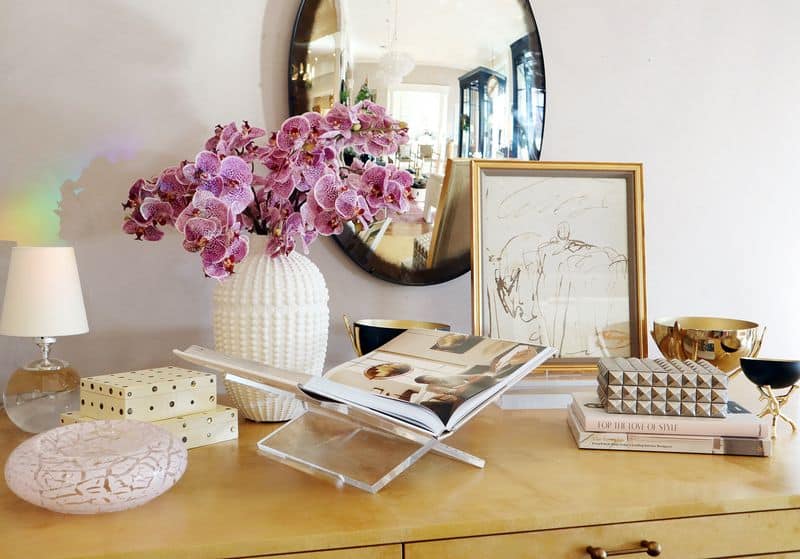
Accessories add personality, but over-accessorizing can clutter a space, diminishing its functionality and comfort. Picture a living room where every surface is crowded with vases, sculptures, and trinkets, leaving little room for relaxation.
Designers emphasize the “less is more” philosophy, advising homeowners to curate their collections mindfully. By selecting a few meaningful pieces and creating strategic focal points, spaces can feel open and inviting rather than crowded and overwhelming.
This approach allows personal style to shine without sacrificing comfort or utility.
7. Ignoring Architectural Features
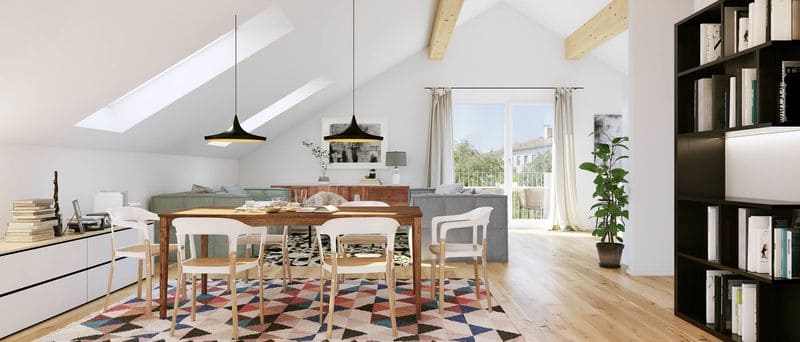
Modernizing a home is tempting, but ignoring its architectural features can strip away its unique character. Consider a home where original moldings and beams are hidden or removed, erasing its historical charm.
Designers encourage embracing these elements, blending old with new to create a layered and rich aesthetic. Highlighting architectural features while integrating contemporary design can maintain a home’s individuality and history, offering a distinct and welcoming environment.
By celebrating rather than concealing these details, homeowners can preserve the essence and story of their space.
8. Over-Illuminating
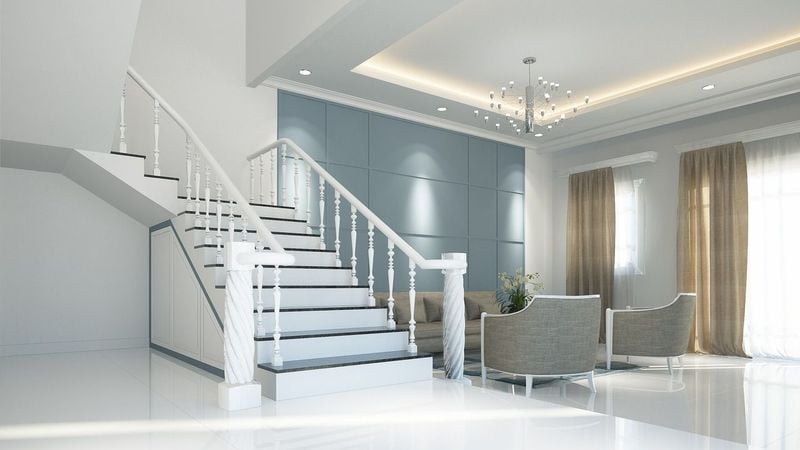
Lighting transforms a space, but too much can create an uncomfortable glare. Imagine a room filled with multiple bright light sources, resulting in a harsh environment rather than a cozy haven.
Designers advocate for layered lighting, combining ambient, task, and accent lighting to craft a warm and welcoming atmosphere. By using dimmers and selecting appropriate fixtures, homeowners can adjust the mood and functionality of their spaces, ensuring comfort and style.
Thoughtful lighting design not only enhances a room’s aesthetic but also its usability, making it both beautiful and practical.
9. Neglecting Outdoor Views
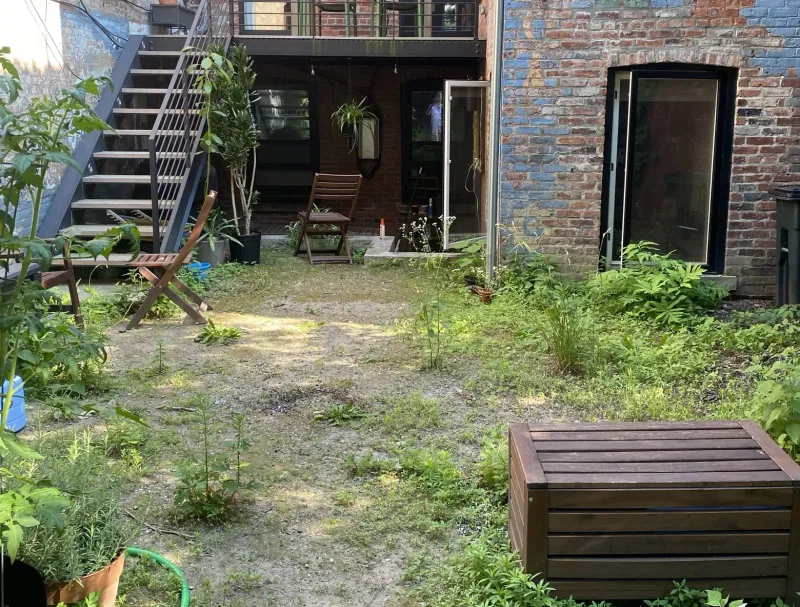
Windows are gateways to the outside world, yet neglecting views can disconnect a home from its surroundings. Picture a house with small windows and heavy drapes blocking a breathtaking view of mountains or a nearby park.
Designers suggest maximizing window space and using light, airy treatments to invite nature indoors.
By framing and enhancing views, homeowners can create a seamless connection with the environment, enriching their living experience. Celebrating natural vistas not only adds aesthetic value but also promotes tranquility and well-being within the home.
10. Ignoring Acoustics
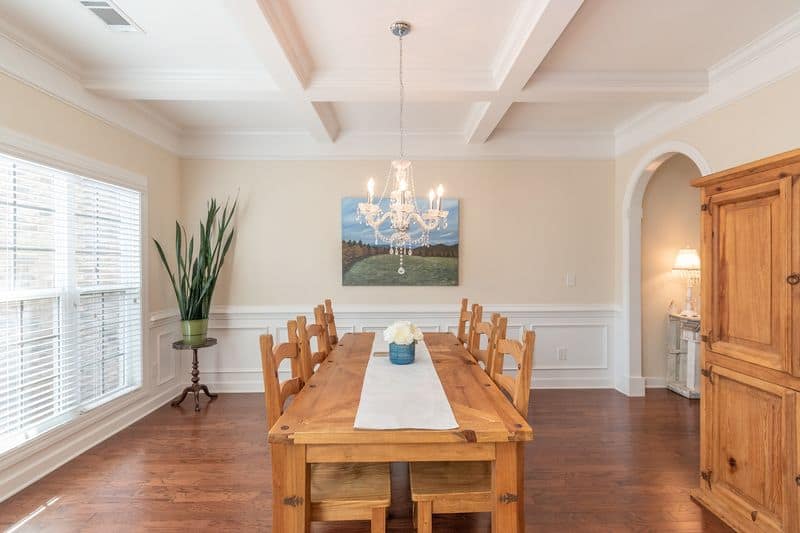
Acoustics play a crucial role in home comfort, yet often go unnoticed. Picture a large open-plan living area with hard floors and minimal furnishings, where sound echoes disrupt conversations and enjoyment.
Designers recommend addressing acoustics with soft furnishings, rugs, and curtains to absorb sound and improve quality. By considering materials and layout, homeowners can enhance both the auditory and visual appeal of their spaces.
A thoughtful approach to acoustics ensures a comfortable and enjoyable environment, where sound complements rather than competes with daily living.

